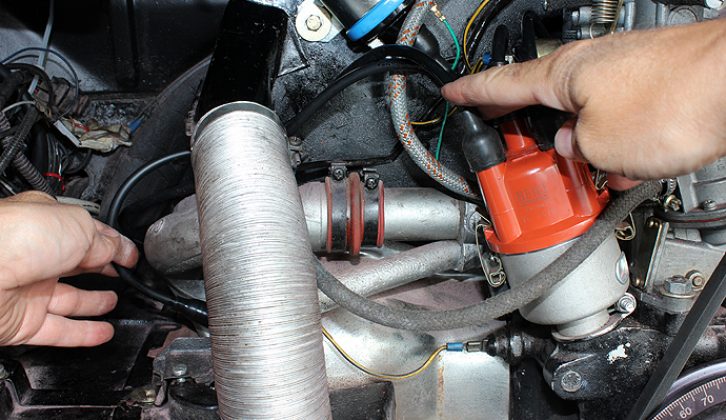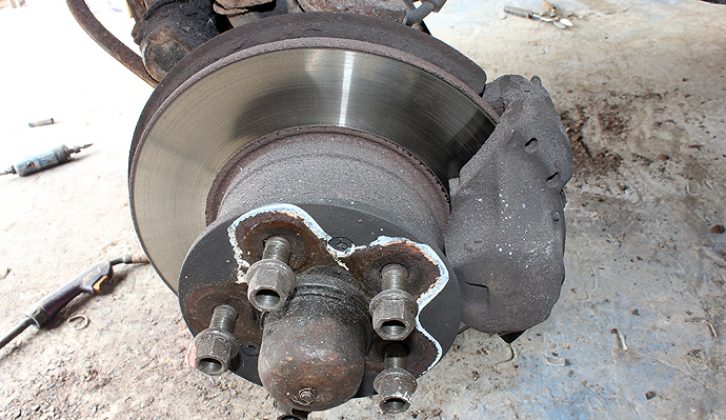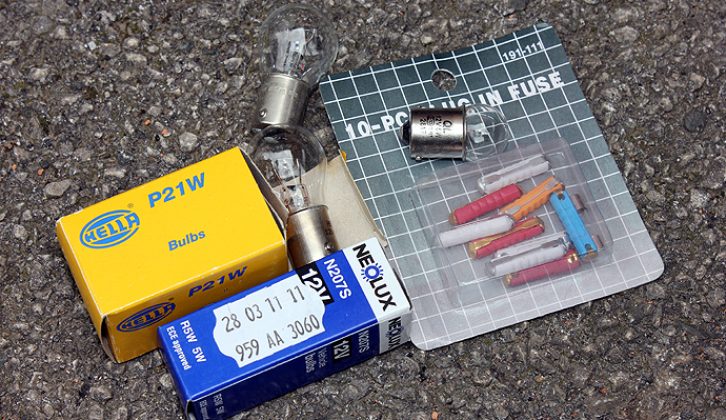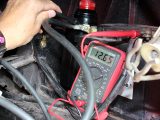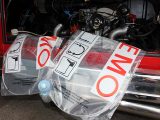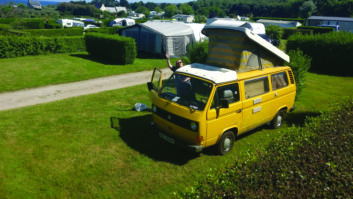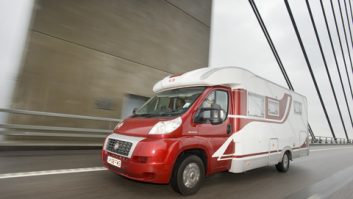VW CAMPER VANS come with an assorted list of potential problems that can result in a roadside breakdown. We list some of the common causes and how to repair or prepare for them.
A holiday or day trip can be ruined or come to an abrupt end if your camper van won’t run, can only crawl up a hill or has no lights and electrics. Whilst you can never prepare for every possible problem, there are a number of pre-checks that can be done to help prevent problems, several spare parts and tools that should be carried and a number of quick remedies to help resolve typical disasters.
Be prepared for common problems
We’ve spoken to several specialists in the VW camper van scene to find some of the most common problems associated with the air cooled VW split screen, Bay Window and Type 25 vans. Typical disasters mainly concern the engine, whether it won’t start or it only just runs. However, there are other problems away from the engine, which we’ve outlined.
One problem that has become increasingly worrying with camper vans concerns fires. We’ve covered this in a separate article as it is a major issue and there are numerous causes and precautions that need to be outlined in depth.
The following ten points are divided into three sections and have been devised with help from Herbie Hospital of Leeds (0113 242 0029 www.herbiehospital.com) and Just Kampers (0800 9156601 www.justkampers.co.uk).
For a buyer’s guide to VW T2 vans, click here
VW Bay | Essential tool kit
Feeler gauges
Large adjustable spanner
Multi-meter
Screwdrivers and spanners
Spark plug spanner
Timing strobe
WD40
Workshop manual
VW Bay | Essential spare parts
Accelerator and clutch cables
Bulbs for indicators and rear/brake lights
Drivebelt
Fuel pipe and jubilee clips
Fuses
Points, condenser, dissy cap, rotor arm
Rocker cover gaskets
Spark plugs and HT leads
VW Bay won’t start? 5 things to check
[tl:gallery index=1 size=460×306]1. A good starting point for when an engine fails to start is to make sure everything is correctly connected. Start with the battery terminals (waggle them to see if they can be removed by hand), then check all the spark plug leads (HT leads) are secure and the wires connected to the coil.
[tl:gallery index=2 size=460×306]2. A low battery can often result in an engine not starting, even if the engine turns over when attempting to start it. Use a multi-meter to check the voltage. If a leisure battery is fitted and is flat, it may drain the vehicle’s battery.
[tl:gallery index=3 size=460×306]3. Look inside the engine bay and if you can smell petrol, check the fuel pipe connections to the fuel pump. If they are wet, fuel is escaping, so try tightening the jubilee clips that secure these pipes to the fuel pump. If the end of a pipe is split, cut it off and reattach it.
[tl:gallery index=4 size=460×306]4. If the engine turns over freely, but won’t fire, the fuel pump’s diaphragm may have failed. Disconnect the pipe between the fuel pump and carburettor (leave it attached to the pump), route it into a container and ask someone to turn the engine for a few seconds to see if petrol is coming out of the pump.
[tl:gallery index=5 size=460×306]5. Damp or rainy weather can result in moisture getting into the engine’s electrical components. Spray WD40 or a similar product over the HT leads and the wires connected to the coil. Leave them for a few minutes to allow the moisture to be absorbed before attempting to start the engine.
VW Bay | Rough running checks
[tl:gallery index=6 size=460×306]6. If the engine sounds or feels sluggish when running, it may not be firing on all four cylinders. Check all the spark plugs are secure, their HT leads are connected and distributor cap is secure. If you have a timing strobe, make sure the engine is correctly timed using the timing marks on the crankshaft pulley.
[tl:gallery index=7 size=460×306]7. Poor running may be caused by the points gap closing up. Look inside the distributor and use a feeler gauge to measure the gap, then adjust if necessary. Incorrect valve clearances can also cause rough running and can be checked with a feeler gauge, screwdriver and 13mm spanner.
VW Bay | Other common problems
[tl:gallery index=8 size=460×306]8. The cables for the accelerator and clutch are known to snap, leaving the van without power or with no means of changing gear. Fortunately, the cables are easy to fit, so it’s worthwhile carrying a spare of each one and becoming familiar with how to change them.
[tl:gallery index=9 size=460×306]9. Poor maintenance of the brakes can lead to unsuspected problems including seized calipers and handbrake shoes. Disc brakes should be inspected and the pads removed and cleaned at least once a year. Similarly, the rear drums should be removed and cleaned, making sure the handbrake cable is free to move.
[tl:gallery index=10 size=460×306]10. Electrical components including lights, indicators and wipers don’t often fail, but fuses can blow, so carry some spares. Lookout for loose wires that can cause components to stop working. Also, carry a full set of spare indicator and rear light bulbs.
Words and pictures: Rob Hawkins
You can go here for a buyer’s guide to VW T2 vans






